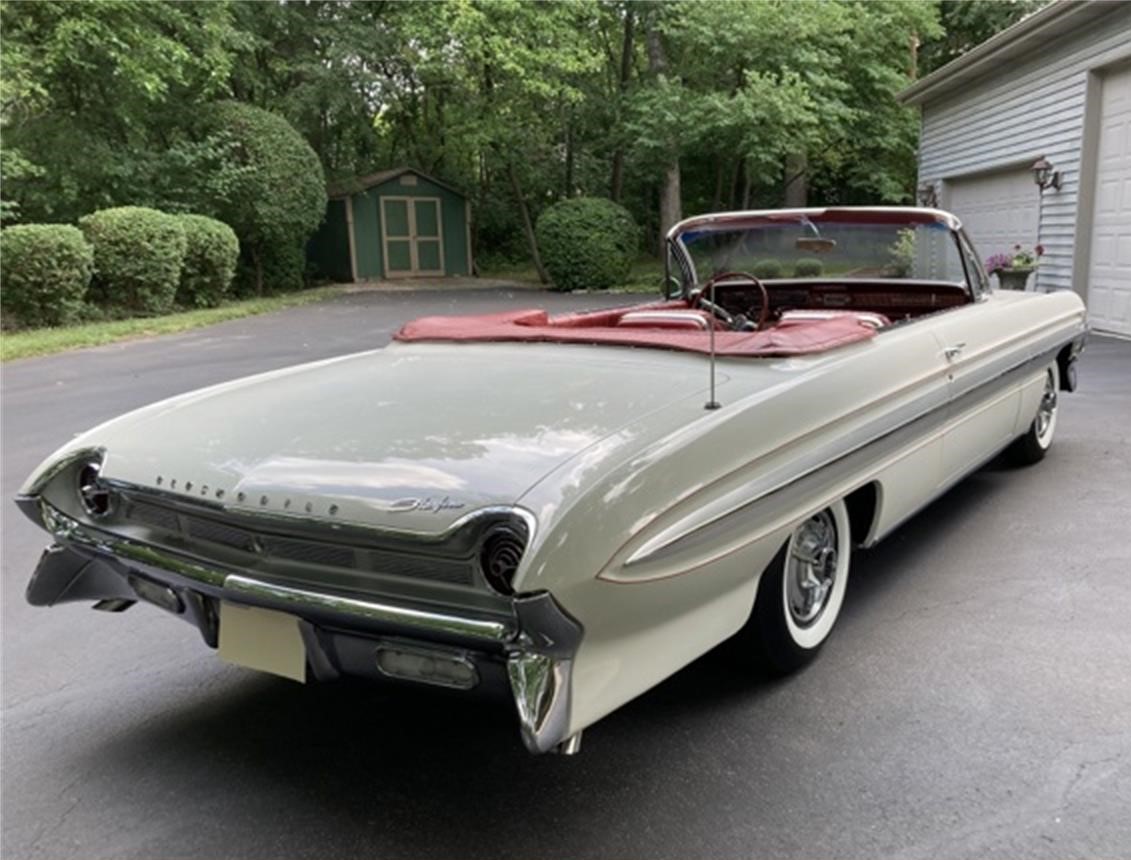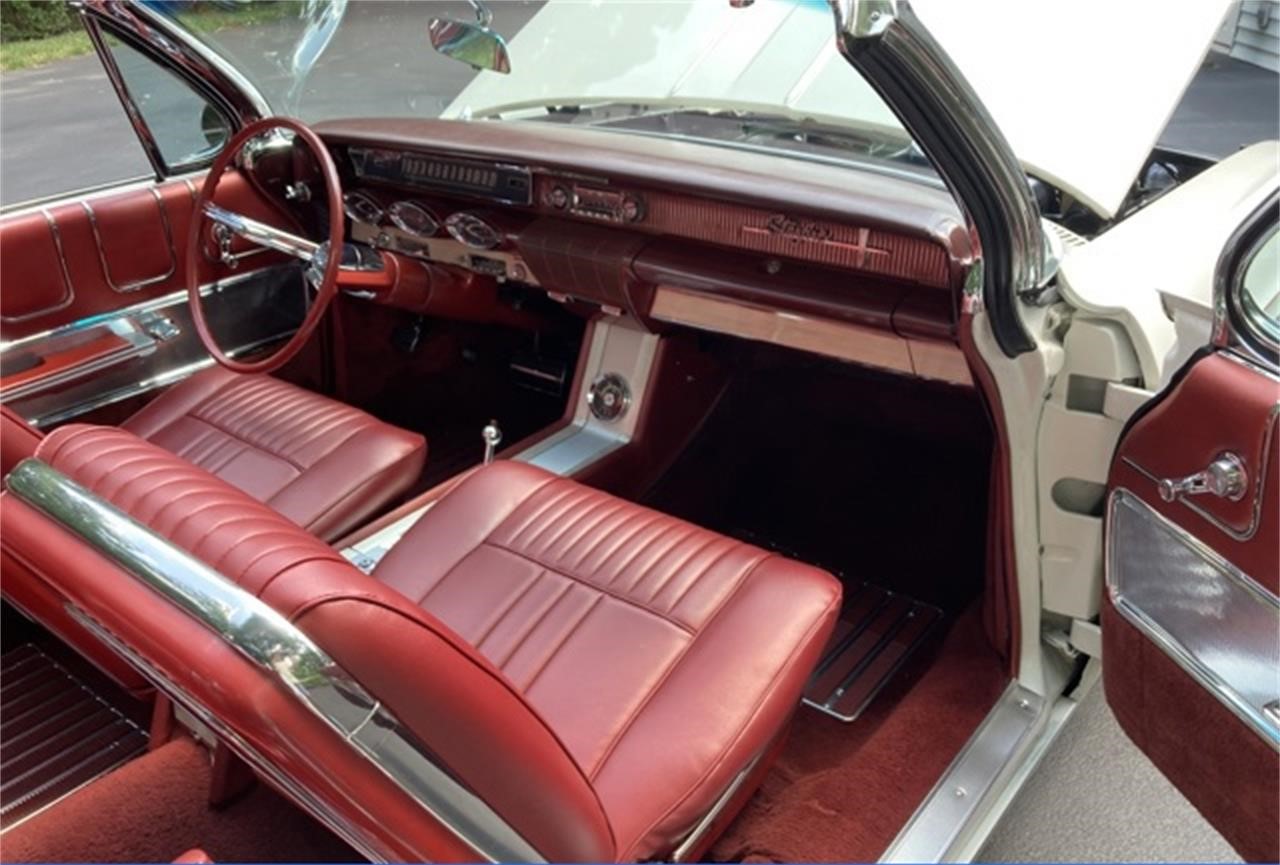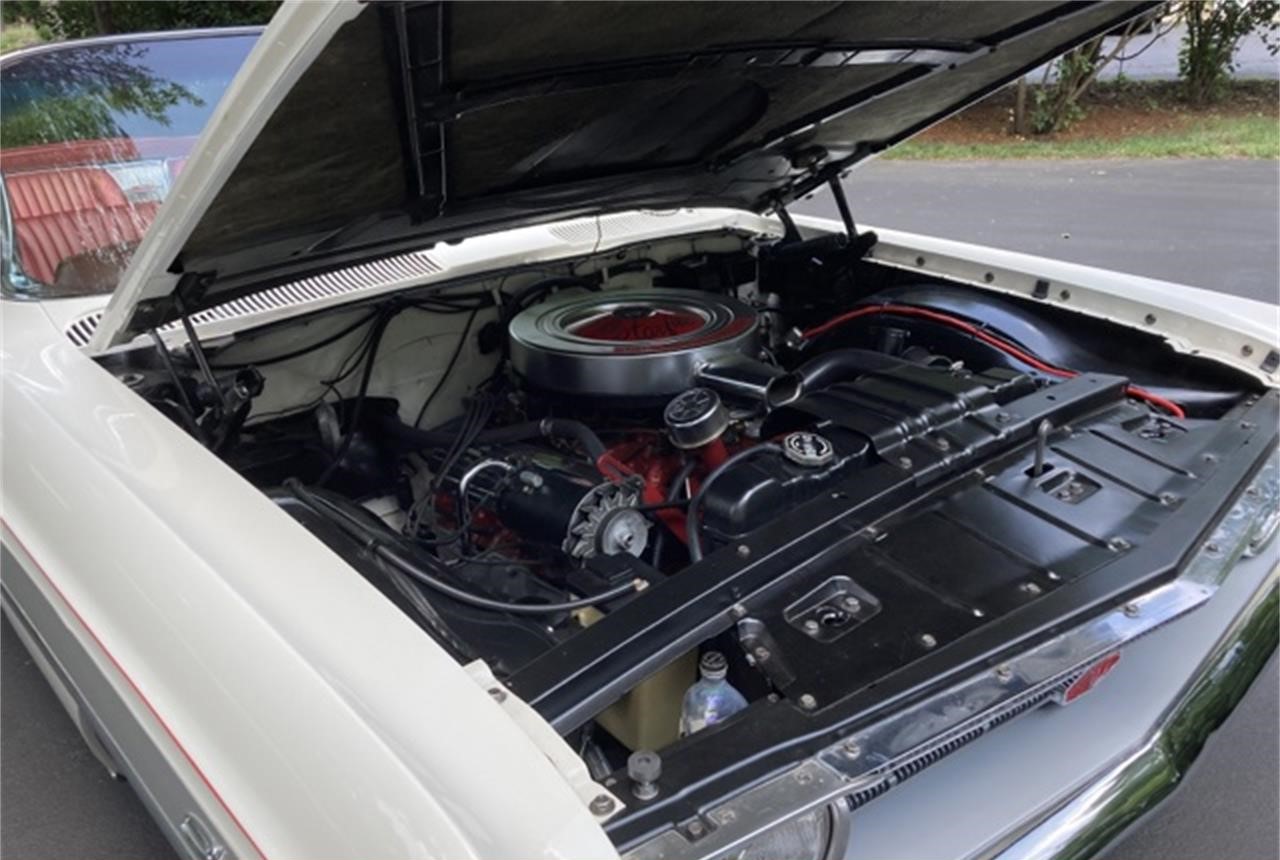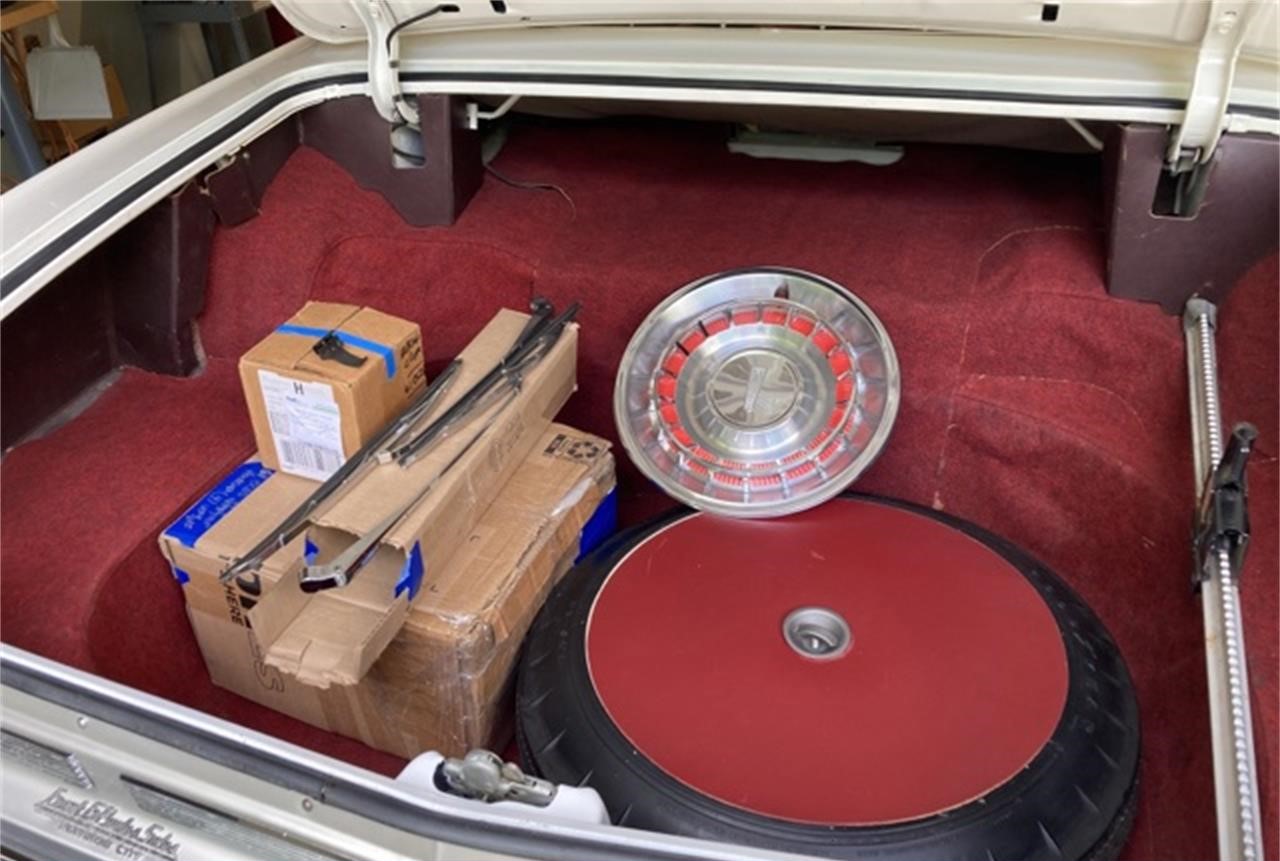Bucket seats weren’t really a thing until the early 1960s. Sure, sports cars had them, and then the four-seater Thunderbird started to simmer something in Detroit, but it wasn’t until the advent of the Corvair Monza in mid-year 1960 that buckets began to trickle into the mainstream. One of those early progenitors of the trend is our Pick of the Day, a 1961 Oldsmobile Starfire. It is listed for sale on ClassicCars.com by a dealer in Joliet, Illinois. (Click the link to view the listing)

Though there were several vehicles with bucket seats as an available option prior to 1960, it was the barrage of compact cars and their sporty variants that led the trend, influencing what would end up being a new segment called the Pony Car. But that influence also trickled into more luxurious vehicles like this Oldsmobile Starfire. That’s not to say a Corvair was a direct influence, as the Starfire clearly was Oldsmobile’s bid to compete against the Ford Thunderbird. When the Starfire first appeared in mid-year 1961, a new, fabulous Thunderbird was already in the market. In comparison, the Starfire didn’t have a unique design like the Thunderbird, but that didn’t mean the Starfire wasn’t without its charms.

Though the 98 was Oldsmobile’s top-of-the-line model, it rode on a long 126-inch wheelbase. Oldsmobile thoughtfully used the 123-inch wheelbase from the Dynamic 88 and Super 88 series as the basis for the Starfire (a lead that Pontiac would follow with the Grand Prix). Additionally, Oldsmobile engineers took the four-barrel Skyrocket 394 with 325 horsepower and bumped it up to 330 horses plus added an engine dress-up kit. Other standard equipment included leather bucket seats with center console and floor shifter (a first for a big American car), console-mounted tachometer and power window switches, power seat, power steering and brakes, aluminum-accented carpet inserts, and brushed aluminum longitudinal trim. Priced a hair more than the Thunderbird convertible, the Starfire was popular enough at 7,604 for Oldsmobile to expand the series for 1962.

For 1964-65, the Starfire was joined by the Jetstar I, a more affordable personal-luxury companion, but sales had already begun to slide. Though 1966 was the final model year for the Starfire, it was already being replaced by the engineering tour de force, the Toronado.

This “absolutely stunning” 1961 Oldsmobile Starfire is claimed to be “all numbers-matching [and] rust-free.” The white with metallic red interior is sharp, with the front seats being reupholstered with original factory material. Odometer reads 61,238 miles. “Everything works, and current owner went through the entire car and made sure all fluids were changed and anything the car needed was replaced,” adds the seller. Class and distinction don’t come cheap but, in today’s market, $56,900 is quite reasonable for a chariots among chariots. The country club valet is waiting for you!
To view this listing on ClassicCars.com, see Pick of the Day.






I don’t see much visual comparison between this model and the Ford T-Bird, other than both having bucket seats, 2 doors, and being convertibles – I would imagine the Starfire to be considerably longer and the T-Bird being more of a personal luxury coupe – I wonder how the sales figures and original prices compare and if they were actually direct competition for each other, category-wise. The picture which is missing from either site (including the dealer site) and is, to me a rather disappointing is, what does this car look like with the top up, and are we to imagine that the top is red, white, or black? Probably (or should I say HOPEFULLY) the dealer holds that back to generate more serious interest calls. What we do know is the car has a new windshield and new front seat covers “from original factory upholstery material” but it’s odd to me – why the new windshield, authentic seat upholstery and multiple new seals and weatherstripping, new Coker tires with the wide whitewalls, so, if it had a new top they would surely say so – and also show the pic of the car with the top up but nope – I also wonder whether the white paint (which would also be a factory color match I’ll bet) is a re-spray too – and it’s a bit strange that the hood reinforcement frame is painted black like that – maybe that was re-sprayed too with the “detailing.” Come to think of it, why wouldn’t they speak to what looks like a possible replacement version of the rear retracted roof vinyl dress cover, which looks nice and bright (“like new”) and would in all probability be made from original factory vinyl, too? (“Don’t GO There!”) – Also better check the age of that spare, just in case you catch a flat.
Oldsmobile Starfires of 1961-66 were beautiful, luxurious cars. I still miss my 1964 convertible dearly.
The 1961 Starfire had a special convertible top with a silver heat-embossed accent trim which is not mentioned here.
As for the Starfire in the photos, what’s with the odd Chevy-looking wheel covers?
Why are the windshield wipers in a box in the trunk?
You should ask the seller, who can be contacted via links embedded in the article.